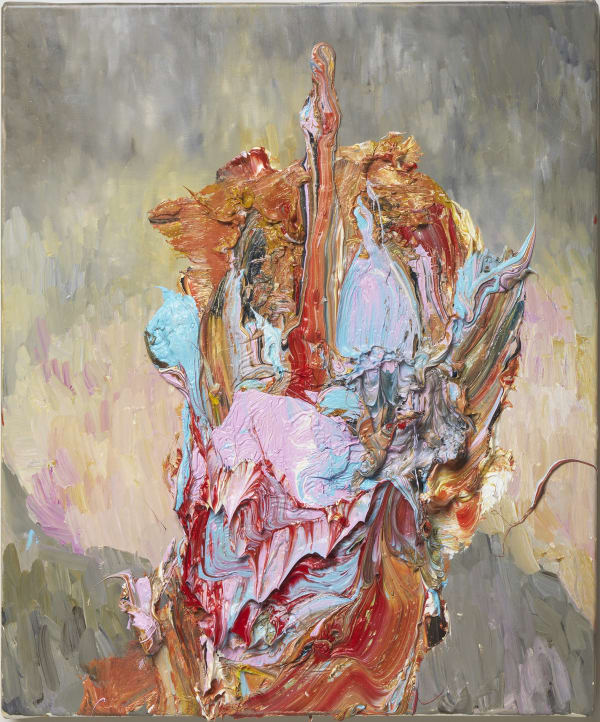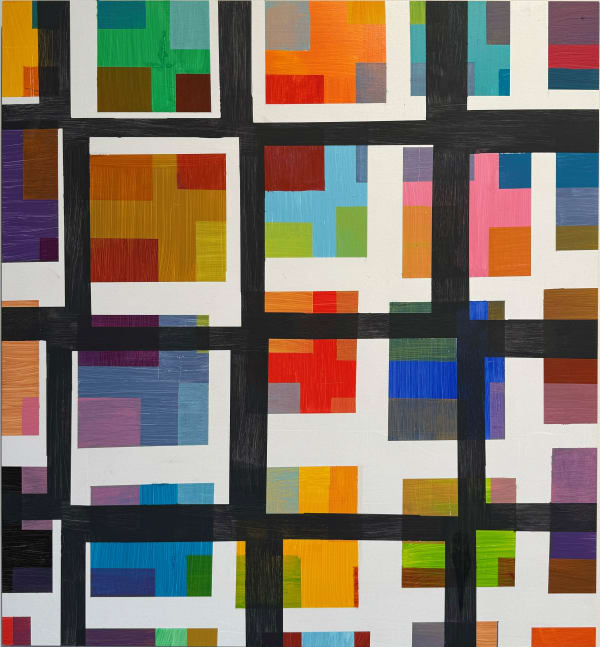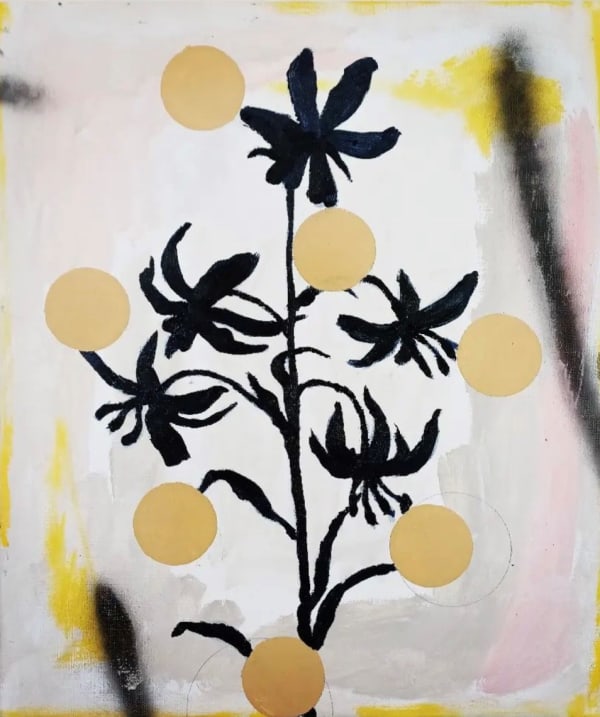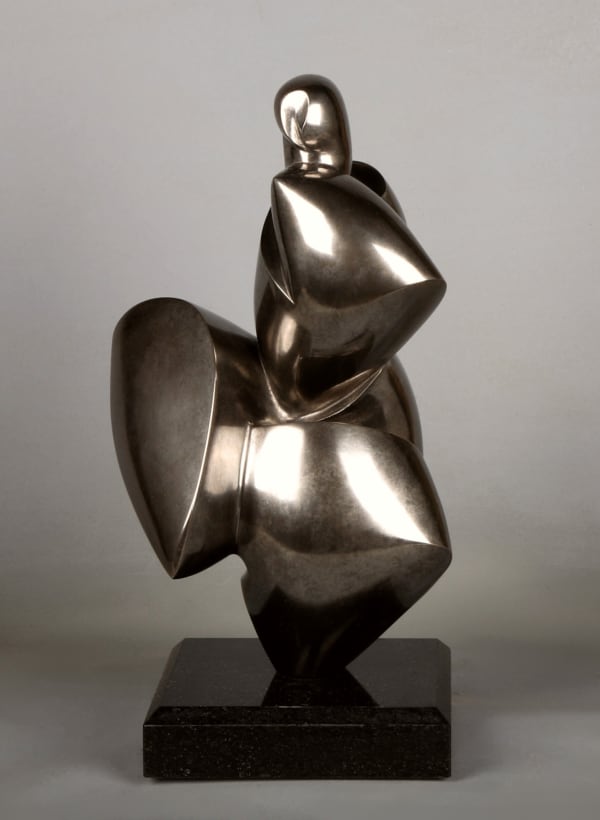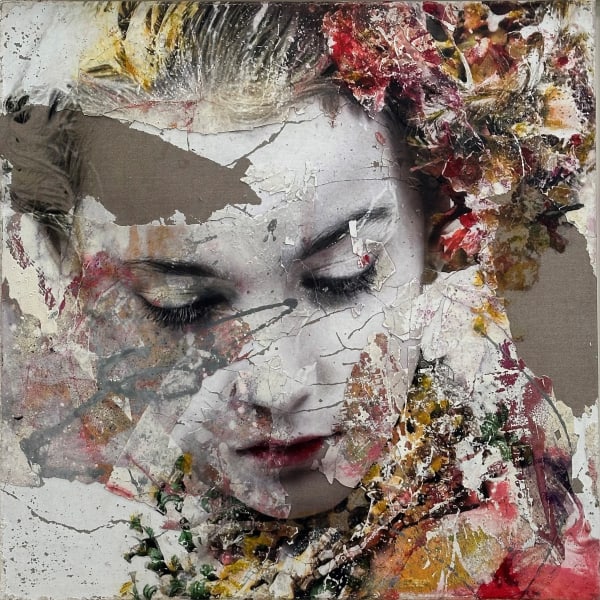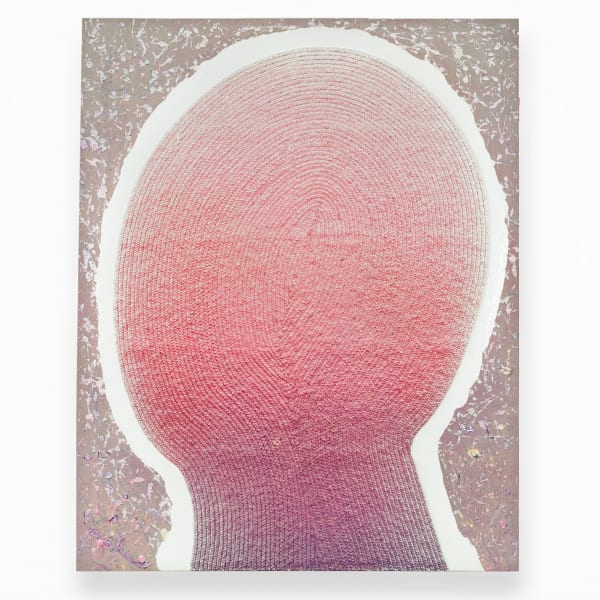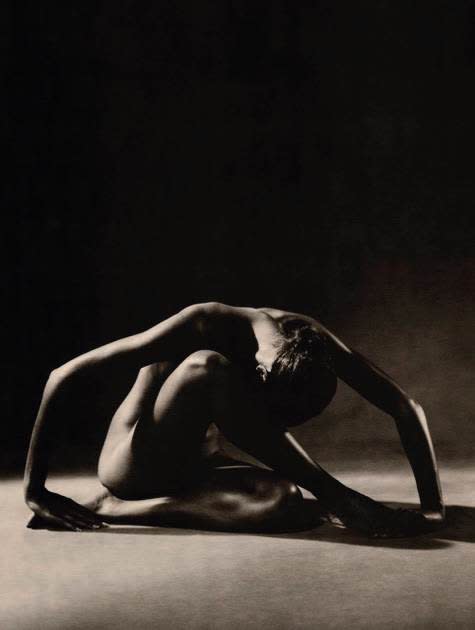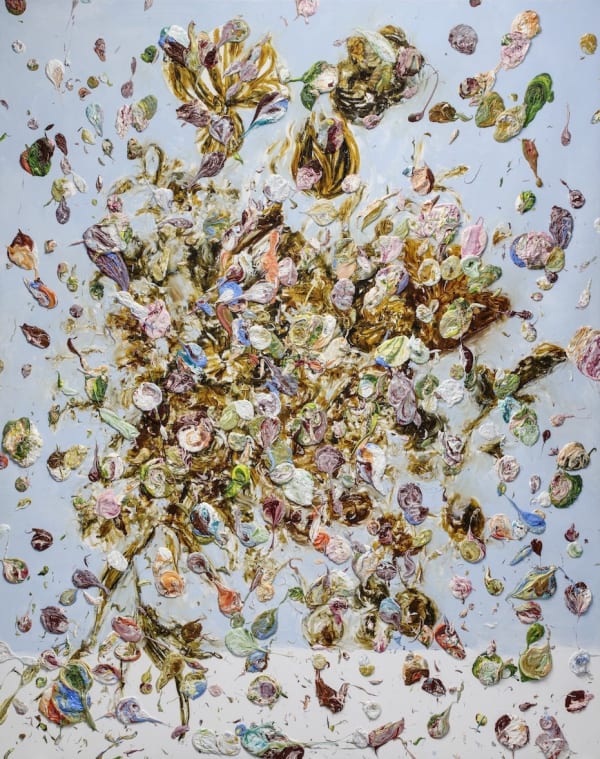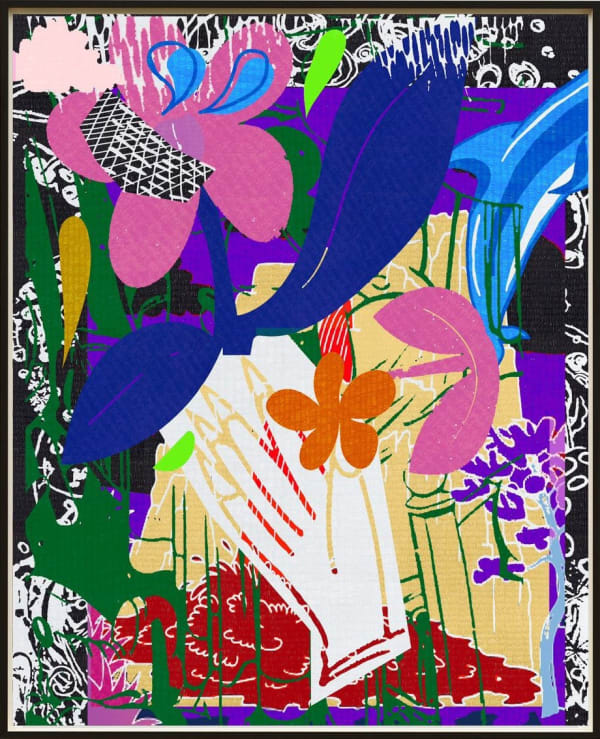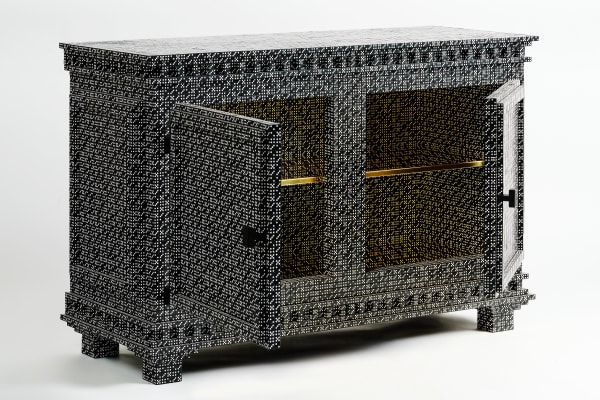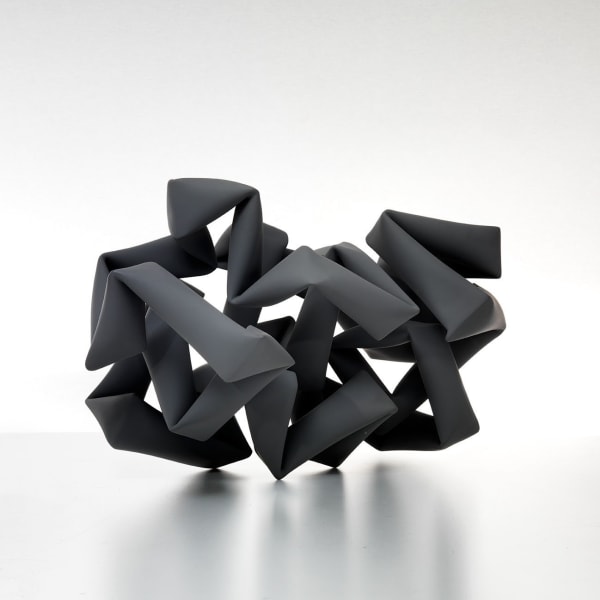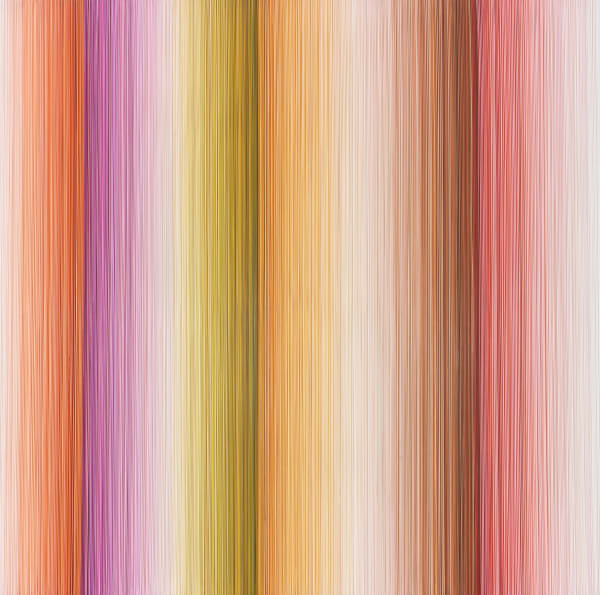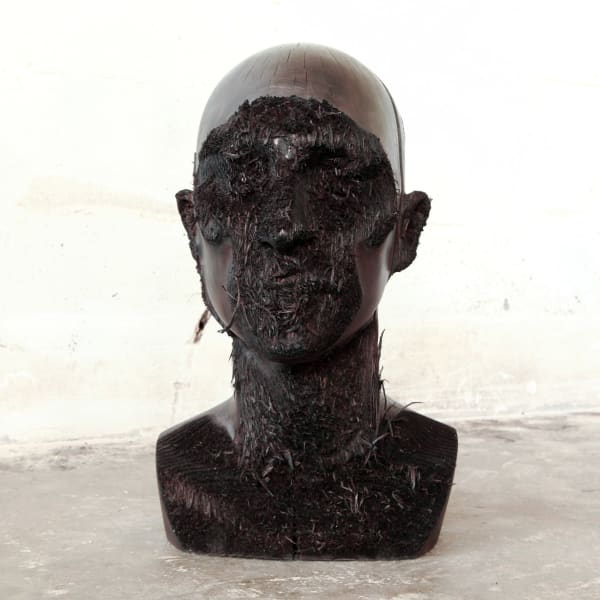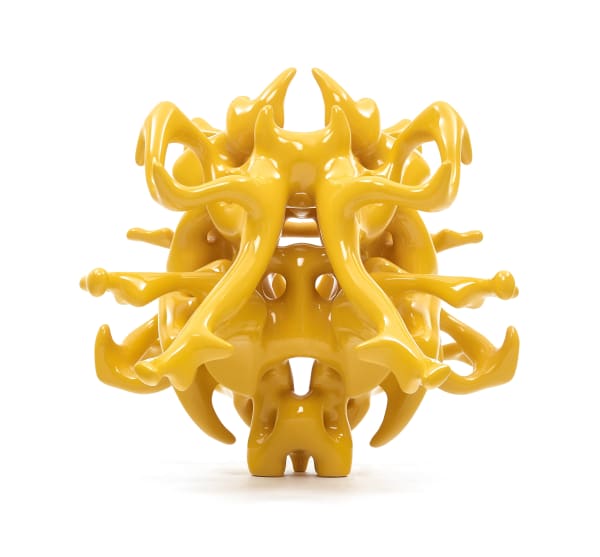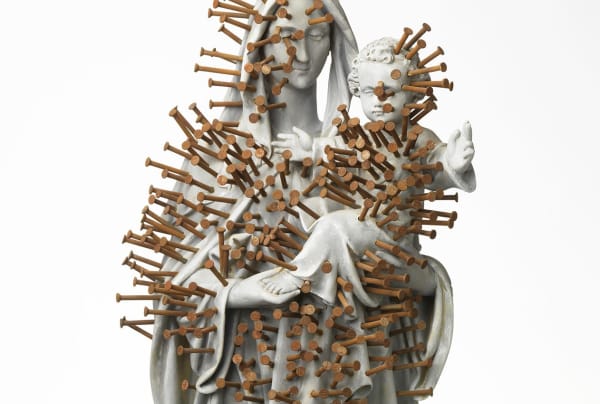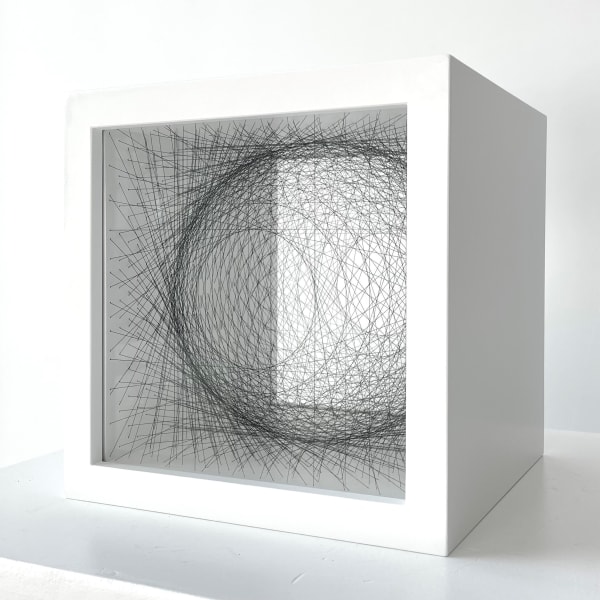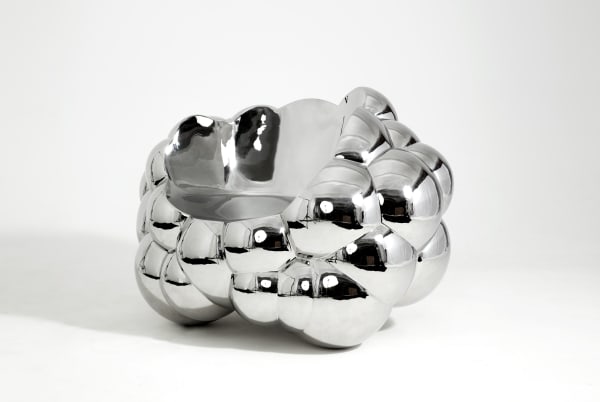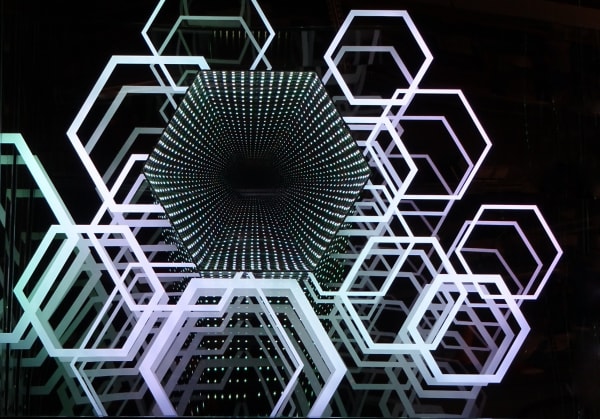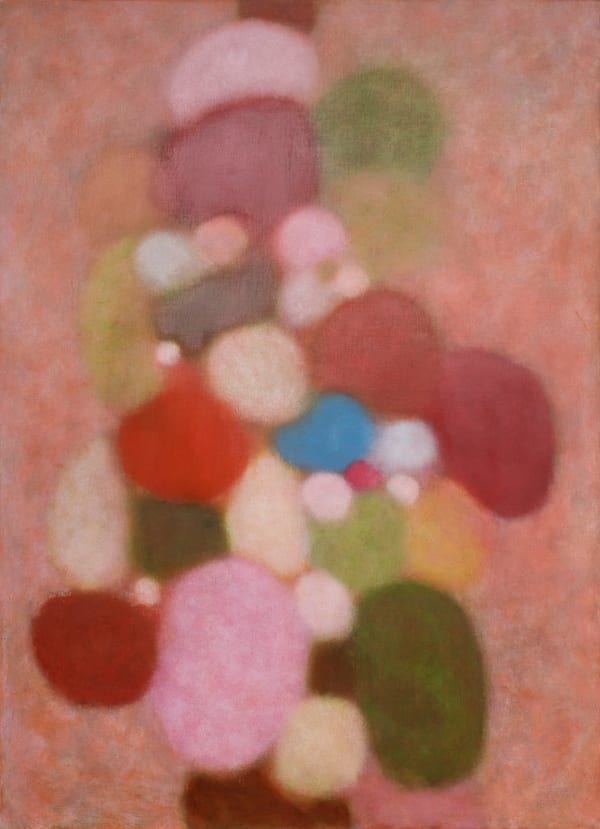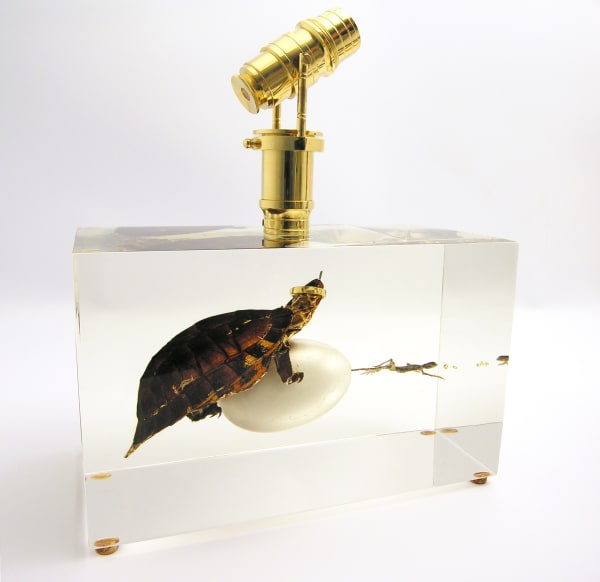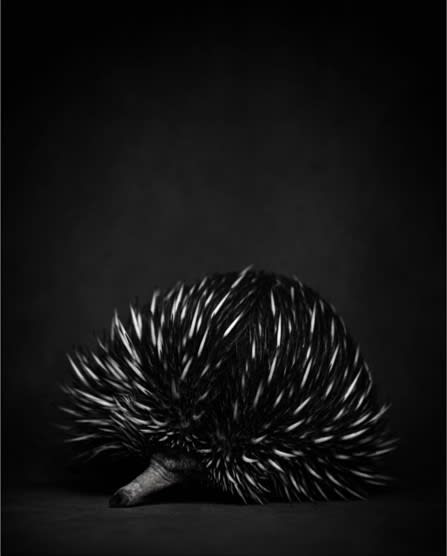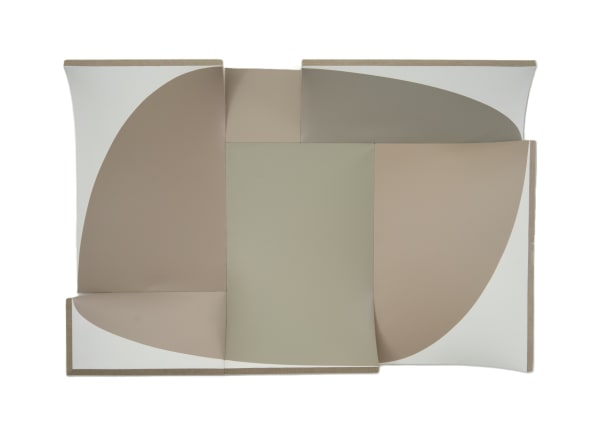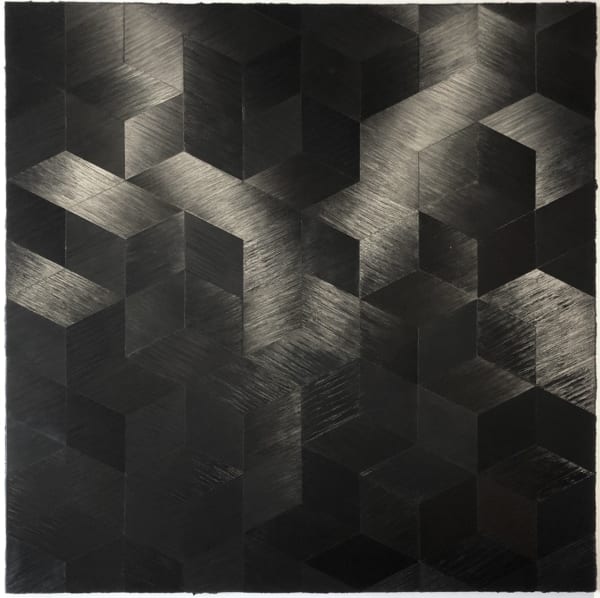Gallery
-

Antony Micallef
-

Beat Zoderer
-

Hans van Bentem
-

Rob Bouwman
-

Stief Desmet
-

Dominique Pollès
-

Robbert Fortgens
-

Sylvestre Gauvrit
-

Gemmy Woud-Binnendijk
-

Gerben Mulder
-

Gijs van Lith
-

Michiel Kluiters
-

Lita Cabellut
-

Lu Luo
-

Marc Lagrange
-

Heikki Marila
-

Cameron Platter
-

Diederik Schneemann
-

Willi Siber
-

Rainer Splitt
-

Neeltje de Vries
-

Reinoud van Vught
-

Peter Zimmermann
Projects
-

Gönül Albayrak
-

Hanneke Beaumont
-

Nicolette Bénard
-

Pièrre Boncompain
-

Jacqueline Bozon
-

Erik Buijs
-

Ryan Callanan
-

Aron Demetz
-

Nick Ervinck
-

Jacques Frenken
-

Bas Geerts
-

Robbert de Goede
-

Ellis Holman
-

Richard Hutten
-

Gam Klutier
-

Hans Kotter
-

Jeff Kowatch
-

Jos van Merendonk
-

Ted Noten
-

Rik Smits
-

Art van Triest
-

Vincent Lagrange
-

Arnout Visser
-

Jan Maarten Voskuil
-

Wouter Nijland
